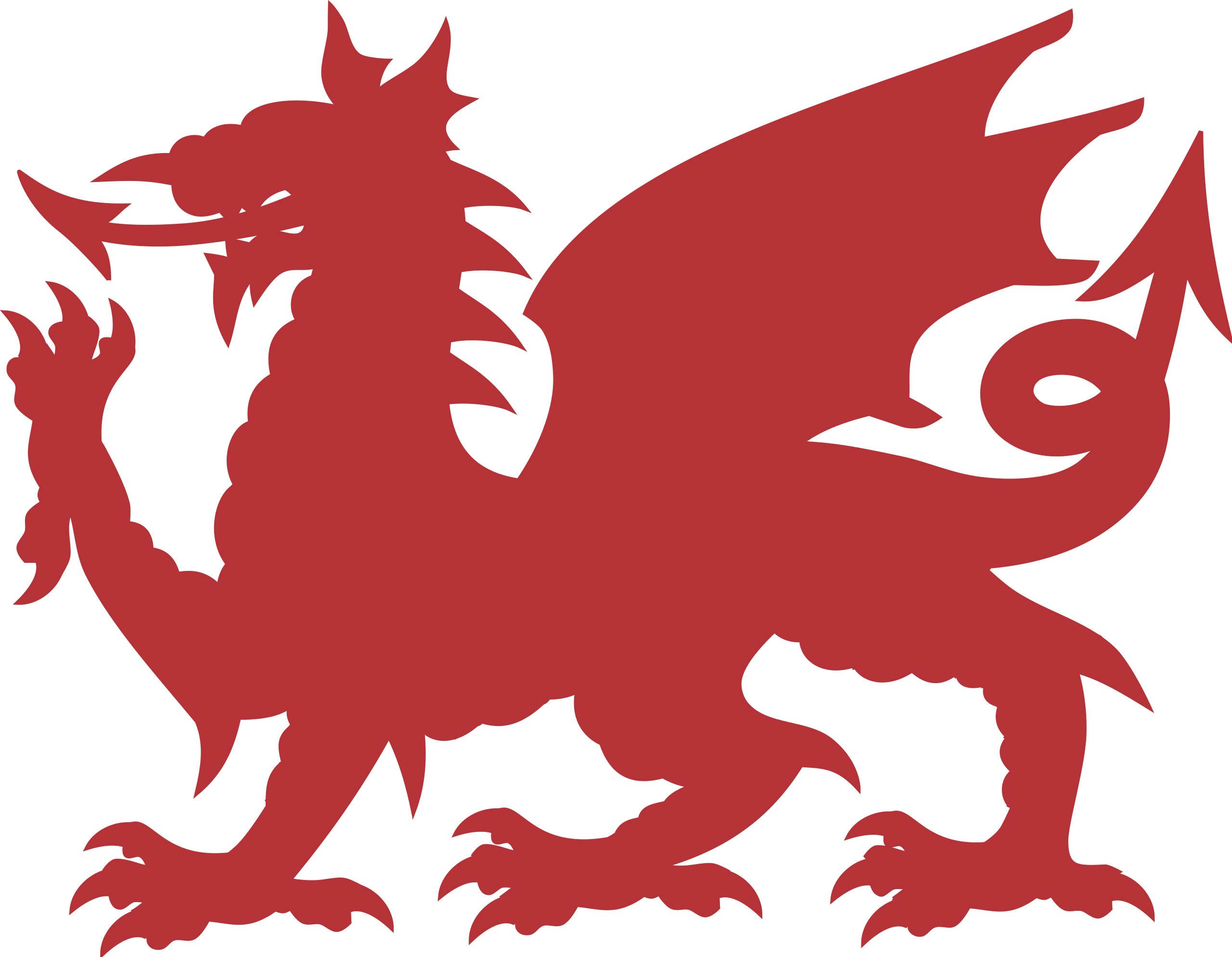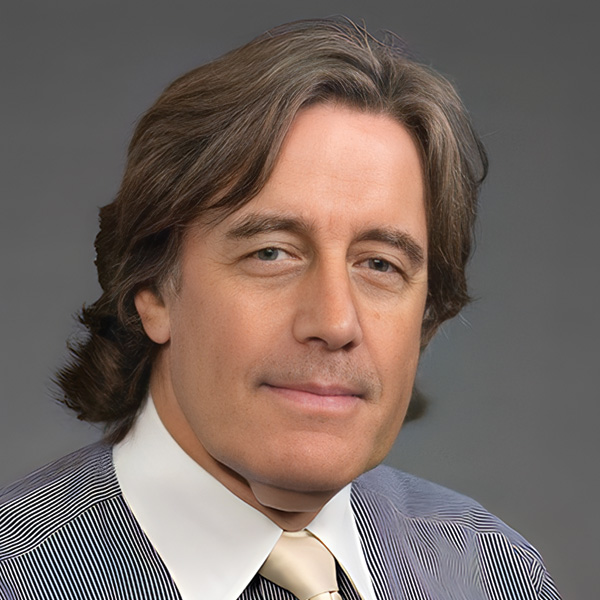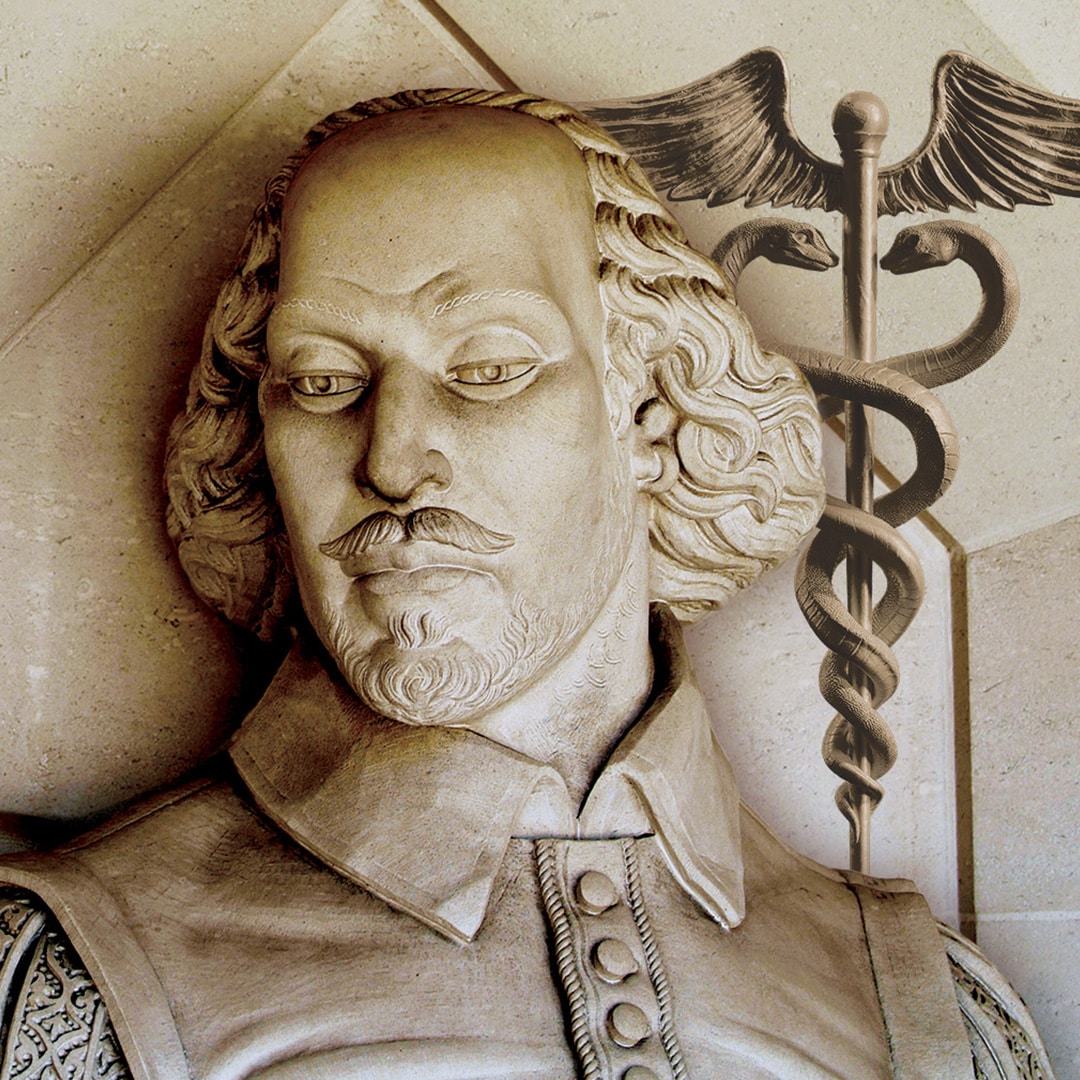An injured fighter pilot walks into town
Not knowing their secret, himself he has none
Neither eyes, ears, nose or mouth of his own
Townsfolk can see, hear, talk to him as one
Of them; do not stare, just treat as normal
Asks McIndoe, surgeon extraordinaire
Who crafted new faces for those burned by fuel
Exploding in the sky, leaving lives all bare
These men, his ‘guinea pigs’ gave themselves
To his creative techniques and grafts
Returned to life and love at the front of shelves
Not back streets, disfigured, outcast on rafts
A Kiwi, he came from lands of white cloud
Dispersed dark clouds from all airmen he found
Backstory
During the First World War, new weapons such as heavy artillery, created battlefield injuries that had never been seen before. Shrapnel-filled shells caused immense damage in facial and head wounds. These injuries were not easily treated on the front line, and any emergency wound closure that was possible usually resulted in scarring and flesh tightening, which, along with massive tissue lost, pulled faces into a hideous configurations, leaving men unable to eat or drink, or even breathing normally. Into the horrendous hospital environment for the war- wounded back in England, came the New Zealander, surgeon Harold Gillies; he set up a special ward for facial wounds at the Military Hospital in Aldershot, and then at The Queen’s Hospital where he was able to reconstruct wounded men’s faces as fully as possible. This was the beginning of military plastic and reconstructive surgery.
Fast forward a quarter of a century. Another world war, fighting across and over the English Channel, more massive injuries, another New Zealander to the rescue, a cousin of Gillies. His name was Archibald McIndoe. He specialized in injuries to airmen, not men from the trenches. Their wounds were caused by exploding fuel tanks in their Spitfires; the same but different, burns not shrapnel, but horribly disfigured faces nevertheless. McIndoe pioneered plastic surgery for burns of the face, upper body and hands. He recognized, as had Gillies, the importance of social acceptance of these victims. His special hospital, in East Grinstead, became the focus of his experimental work with massive burns on his patients, the ‘McIndoe’s guinea pigs’. He personally talked to the townsfolk and urged them not to stare but embrace these guinea pigs, which they did very generously.



